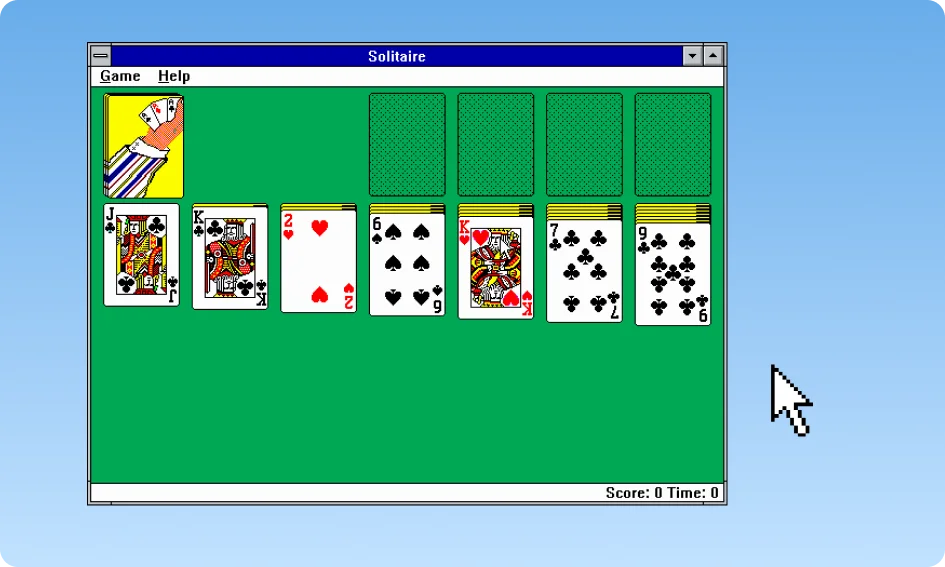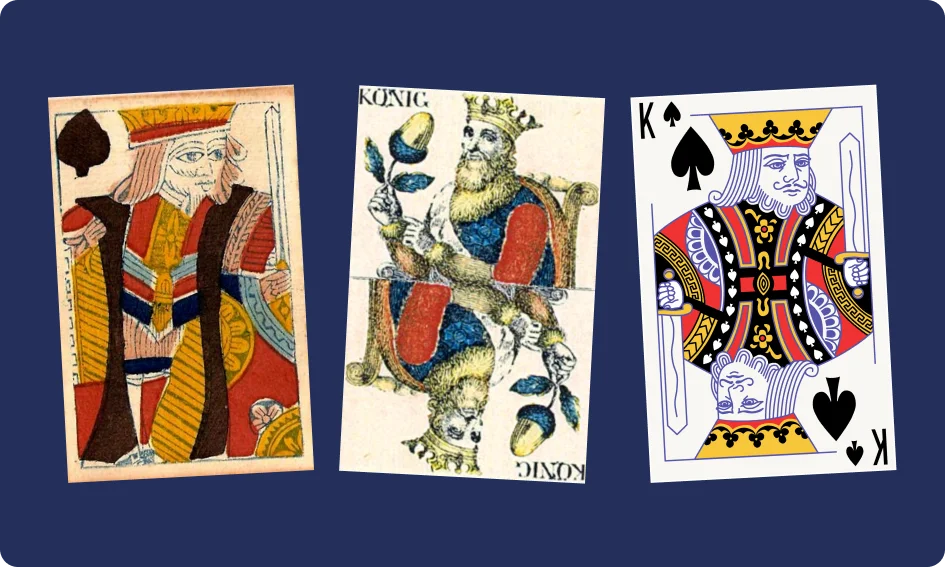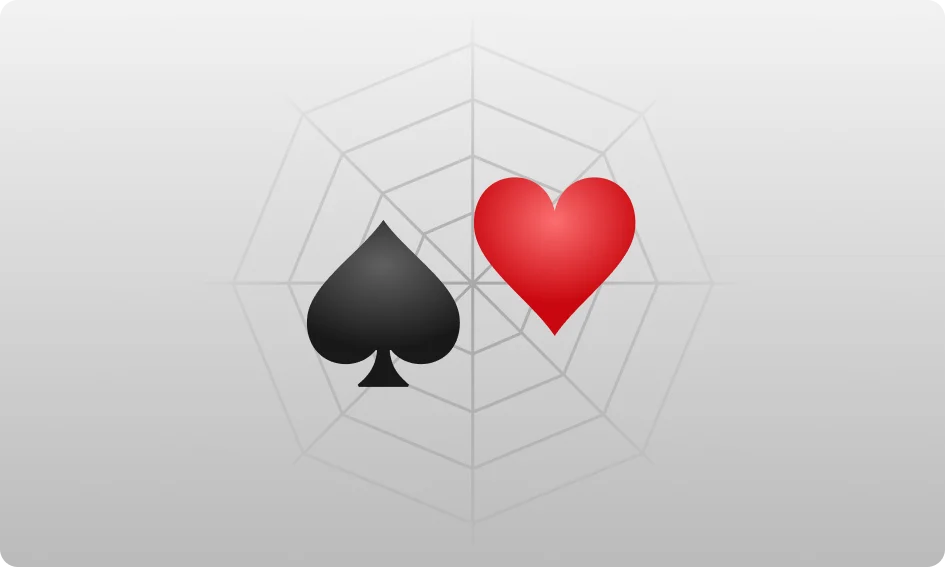Solitaire has undergone several iterations and versions before reaching its current incarnation. Today, we tend to see it as an intellectually stimulating pastime, but its roots lie in far more mystical origins.
Of course, learning how to play Solitaire is a fun exercise, but taking a quick look at its rich history might be equally enjoyable. So, let’s journey back through the ages and see how the game we love has evolved.
The Origins of Solitaire
Solitaire first emerged around the 17th or 18th century in Northern Europe. Indeed, the earliest card games appeared at that time in Scandinavia and Germany. The first concrete references to Solitaire come from the late 18th century. The earliest collection of Solitaire games in print was recorded in a 1783 German game anthology. Back then, it wasn’t a card game. It was, in fact, a form of fortune-telling. Supposed clairvoyants would use a deck of cards (similar to the 52-card standard we have today) as an aid when telling people’s fortunes.
Over time, this activity migrated to France and other neighboring countries. By the early 19th century, Solitaire games were increasingly mentioned in French and English literature. This indicates that they were growing in popularity across Europe at the time. However, Solitaire only gained a reputation as a form of entertainment after the 19th Century.
The Evolution of Solitaire Variants
Once Solitaire evolved from a fortune-telling aid to an entertainment activity, new variants of the game began popping up across the globe, especially in the Americas and Canada. The most popular version – Klondike – probably emerged during the Klondike Gold Rush in Canada (circa 1895).
FreeCell and Spider Solitaire are also widely played today. These variants became popular during the digital age when Microsoft included Solitaire in their Windows platform. This started something of a Solitaire craze, and the game became globally recognized.
You can find lots of similarities between the different variants. You’ll notice that when you jump from game to game on thesolitaire.com, many of the skills you learn are transferable.
| Feature | FreeCell | Klondike | Spider |
| Origin | Believed to have been invented in the 1940s. | Originated in the late 19th century during the Klondike Gold Rush. | Early 20th century origin. |
| Decks | One deck. | One deck. | Two decks. |
| Layout | Tableau of eight columns; four free cells; four foundation piles. | Tableau of seven columns with increasing cards; four foundation piles. | Tableau of 10 columns; no separate foundation piles initially. |
| Goal | Build up the foundation piles by suit from Ace to King. | Build up the foundation piles by suit from Ace to King. | Remove all cards by creating descending sequences of the same suit. |
| Strategy | Highly strategic; requires planning several moves ahead. | A bit of luck involved along with some strategy. | More complex; requires careful planning and adjustment. |
| Difficulty | Moderate to high. | Moderate. | High. |
Solitaire in the Digital Age

The ‘‘’dot-com bubble’ (as most people call it) was significant in boosting Solitaire’s popularity. Many of us remember the boom that happened alongside the release of Microsoft Windows. Anyone who had Windows could play the game freely (often while pretending to work).
Interestingly, the Windows ‘game’ wasn’t initially meant for entertainment purposes. It was, instead, designed to familiarize users with the nuances of a software GUI (or ‘graphical user interface’). As things happened, digital Solitaire quickly became a way to pass the time in the 90s. This is fitting because it’s such an entertaining game after all.
Solitaire’s Role Today
The fact that Solitaire has retained such a presence over the years is a statement in itself. Yet, when you think about it, it’s quite natural that the game has persevered for so long. The benefits it offers – especially when it comes to cognitive improvement (for kids and elders alike) – are significant. I’ve listed some of Solitaire’s mental benefits below. This will give you some insight into how helpful this nifty card game can be.
- Mental agility: Solitaire requires you to make decisions – often quick ones if you’re challenging yourself on time. You also need to plan moves and adjust strategies, which are excellent exercises for the brain.
- Memory improvement: Playing Solitaire often involves remembering specific cards and their locations, which can help enhance memory and concentration skills. Several studies have shown that regularly playing Solitaire can significantly improve your memory.
- Problem-solving skills: Solitaire challenges you to solve the puzzle of each new deal, thereby fostering critical thinking and problem-solving abilities.
- Data-proven benefits: Several studies have shown that playing strategic card games like Solitaire can increase brain volume and help prevent the onset of cognitive ailments like dementia and Alzheimer’s.
Solitaire has served several roles throughout history; its importance extends beyond simple entertainment. Now, when you play your next game on thesolitaire.com, you’ll know about the game’s rich origins and evolution over time.






